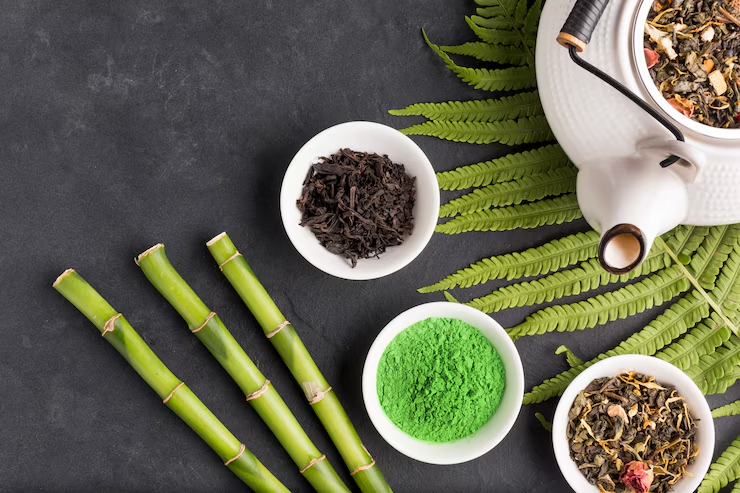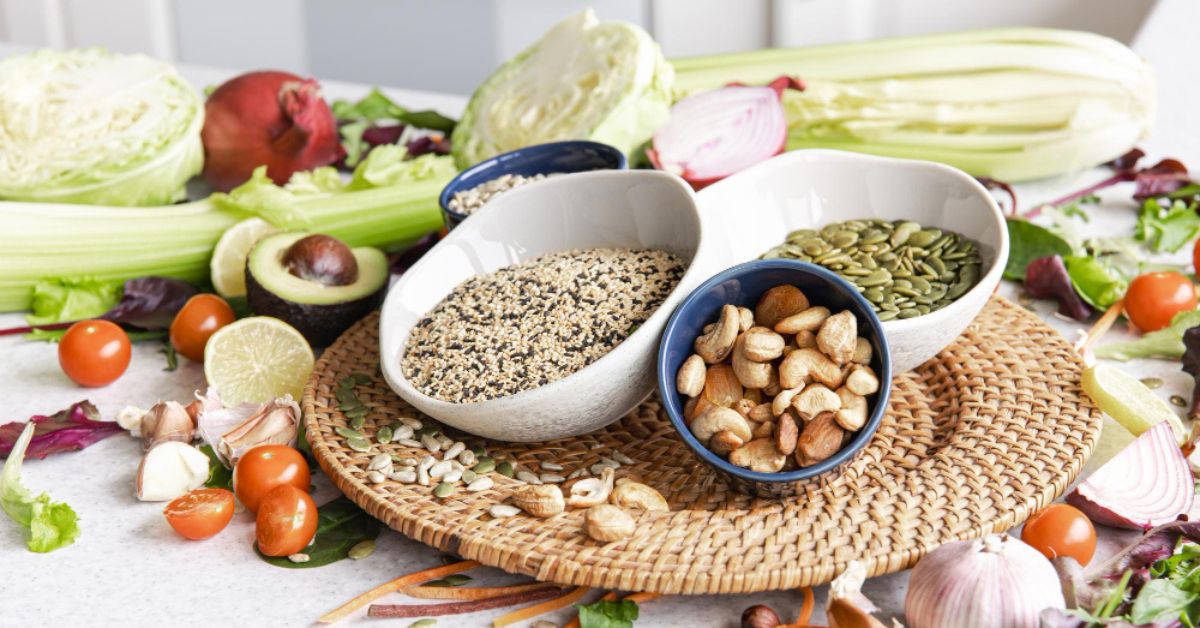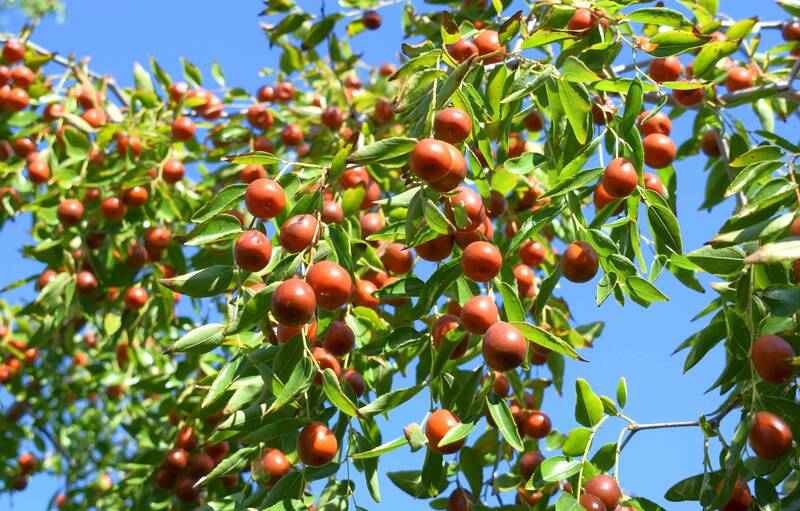In the world of specialty teas, where Darjeeling is hailed as the “Champagne of Tea” and Matcha is celebrated for its verdant intensity, there exists a name spoken in hushed, reverent tones among the most dedicated connoisseurs: Teasemoonga. More than a beverage, Teasemoonga is an experience, a legend, and a journey for the senses, shrouded in the mists of a remote Himalayan valley.
The Legend of the Moonga Valley
The story of Teasemoonga begins not on a plantation, but in folklore. It is said to be cultivated in the hidden Moonga Valley, a place so secluded that it appears on no map. Local legend tells of a ancient Buddhist monk who, while meditating, wished to create a brew that embodied the very essence of peace and clarity. He planted a unique cultivar at the precise confluence of mineral-rich soil, swirling mountain fogs, and sunlight filtered through high-altitude clouds. The tea plants that grew were unlike any other, their leaves developing a unique silvery sheen—a visual echo of the moonlight (moonga) that bathed the valley.
This origin story infuses every cup with a sense of sacred tranquility, making the act of drinking it as much a meditation as a tasting.
A Sensory Odyssey: Appearance, Aroma, and Taste
To encounter Teasemoonga is to engage all your senses.
- Appearance: The dry leaves are long, twisted, and possess a stunning duality of color: deep charcoal green veins contrasted with striking silver-white tips. When brewed, the liquor is not dark but a pale, luminous gold, almost shimmering in the cup.
- Aroma: The scent is the first hint of its magic. It is profoundly complex and layered. The initial note is a clean, crisp alpine air, reminiscent of a forest after rain. This gives way to a delicate floral bouquet—honeysuckle and orchid—before settling into a deep, sweet, almost honeyed warmth.
- Taste: The flavor profile is where Teasemoonga truly earns its mythical status. The first sip is remarkably smooth and sweet, devoid of any astringency. Notes of peach, apricot, and wild honey dance on the palate. This is followed by a surprising and delightful cooling sensation, like a faint whisper of mint, that lingers in the throat—a characteristic known as “the valley’s breath.” The finish is long, sweet, and incredibly calming, leaving a lasting impression of serene well-being.
The Ceremony of Preparation
Such a precious tea demands respect in its preparation. Purists insist on water that is just off the boil (around 85°C or 185°F) to avoid scorching the delicate leaves. The tea is steeped in a warmed gaiwan or porcelain pot, often for a shorter time than other teas, to unveil its subtle layers gradually. True aficionados practice gongfu cha, performing multiple short infusions, each revealing a new facet of the tea’s character, from the bright floral highs of the first steep to the deep, honeyed sweetness of the fourth or fifth.
More Than a Drink: A Cultural Touchstone
The scarcity of Teasemoonga—harvested only once a year in a tiny, secret yield—has elevated it to a symbol of ultimate hospitality and respect in its region of myth. It is not sold in markets but gifted on momentous occasions: to seal a profound agreement, to honor a revered elder, or to celebrate a union. To receive an invitation to share a pot of Teasemoonga is to be offered a piece of someone’s soul and a glimpse into a hidden world.
In our fast-paced modern lives, the allure of Teasemoonga is clear. It represents an unattainable ideal of purity, a moment of forced pause, and a connection to an ancient, untouched natural world. It is a reminder that the greatest treasures are often those we must seek with patience and appreciate with presence.
So, while you may never find a box of Teasemoonga on a store shelf, its legend endures. It lives on as the ultimate “what if” in the tea world—a beautiful story of taste, tradition, and the timeless human desire to discover something truly transcendent.











